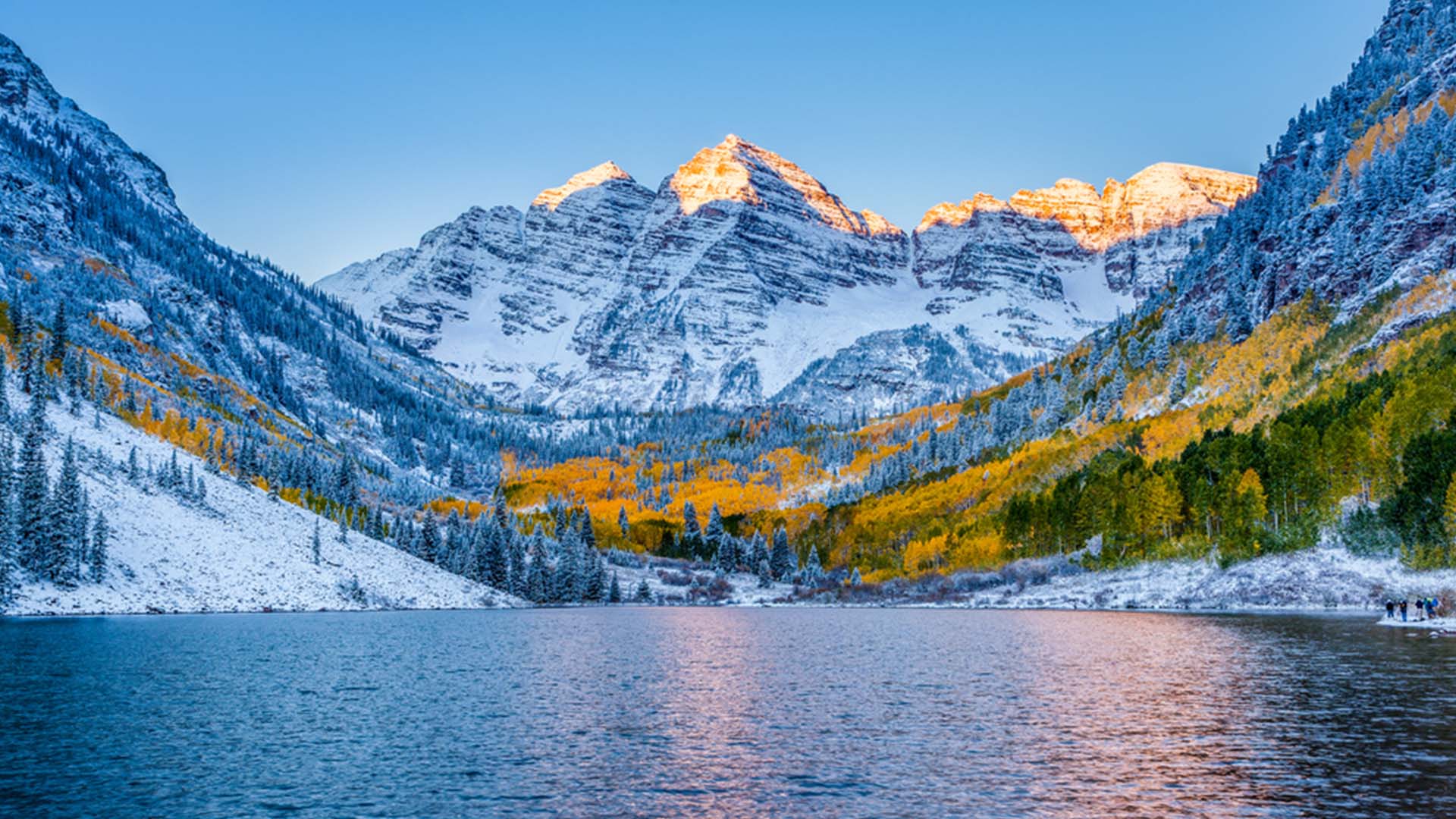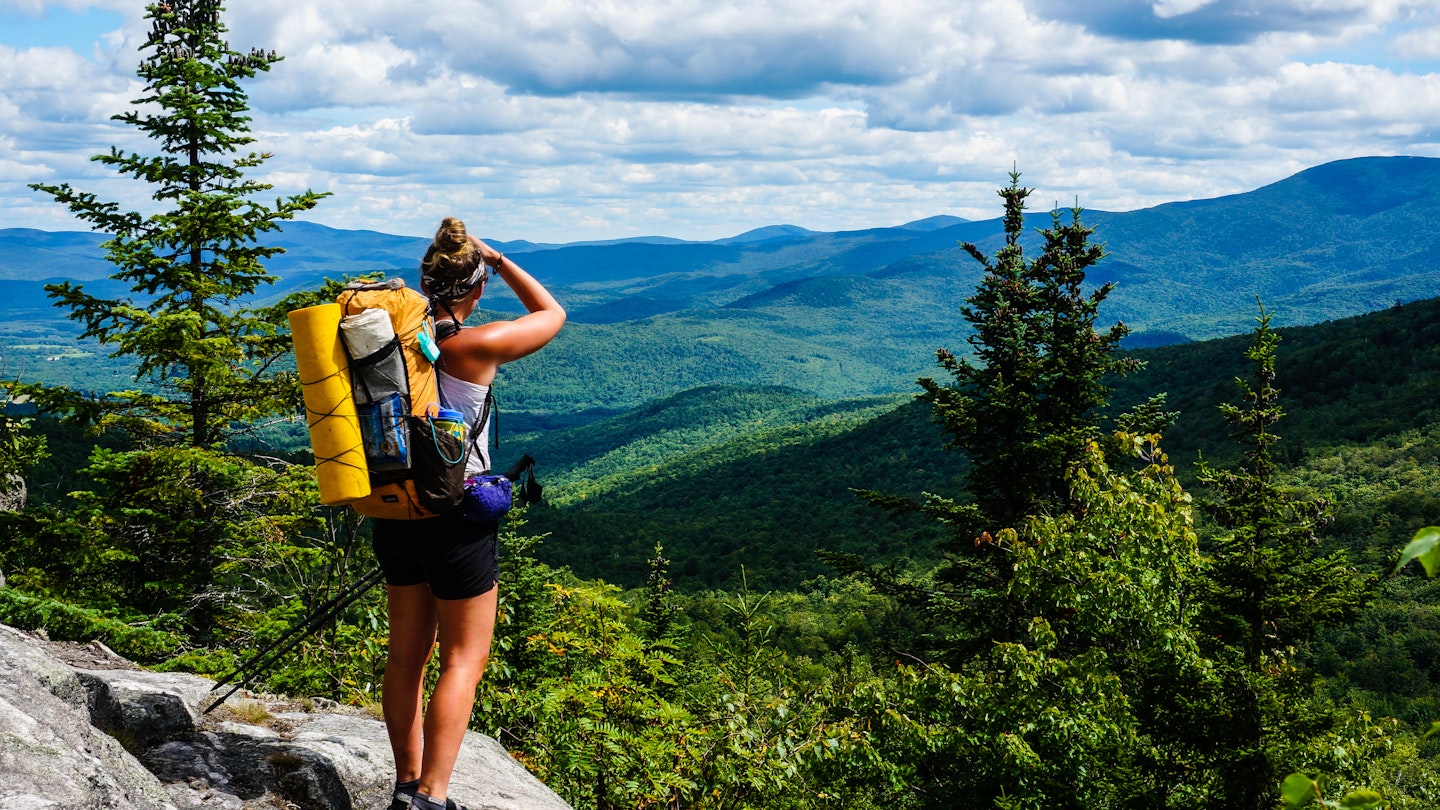North America's Epic Trails: From the Rockies to the Appalachian Trail
North America is a haven for outdoor enthusiasts, offering some of the most breathtaking and challenging trails in the world. From the majestic Rocky Mountains to the historic Appalachian Trail, these paths provide an unparalleled experience for hikers, trekkers, and nature lovers alike. This article explores some of the continent’s most epic trails, highlighting their unique features, seasonal insights, and the importance of real-time weather updates for a safe and enjoyable journey.
The Rocky Mountains: A Majestic Wilderness
Trail Overview

The Rocky Mountains, stretching over 3,000 miles from Canada to New Mexico, boast an array of trails that cater to all levels of hikers. Notable trails include the Continental Divide Trail (CDT), the Colorado Trail, and the John Muir Trail. These paths offer stunning vistas, diverse wildlife, and a true wilderness experience.
Seasonal Insights
Spring: As the snow begins to melt, lower elevation trails become accessible. However, higher elevations may still be covered in snow, making some paths dangerous.
Summer: This is the peak hiking season with most trails fully accessible. The weather is generally stable, but afternoon thunderstorms are common.
Fall: A great time for hiking due to cooler temperatures and vibrant fall foliage. Some trails may start to close as early snowfalls begin.
Winter: Only for the most experienced hikers equipped for snowshoeing or skiing. Many trails are impassable due to heavy snow.
Real-Time Weather Updates
In the Rockies, weather can change rapidly. It's crucial to have access to real-time weather updates. Apps like Weather Underground and AccuWeather provide detailed forecasts and alerts. Being aware of sudden changes, such as thunderstorms or snowstorms, can prevent dangerous situations.
The Appalachian Trail: A Historic Journey

Trail Overview
The Appalachian Trail (AT) is one of the longest continuous footpaths in the world, spanning approximately 2,200 miles from Georgia to Maine. It traverses 14 states and showcases the diverse landscapes of the eastern United States. The AT is renowned for its rich history, challenging terrain, and the sense of community among hikers.
Seasonal Insights
Spring: Southern sections of the trail become popular as temperatures rise. However, the northern parts can still be cold and muddy.
Summer: The entire trail is accessible, but hikers should prepare for heat and humidity in the southern states and bugs in the northern sections.
Fall: Offers cooler weather and beautiful fall colors. This is a popular time for hiking, but the weather can be unpredictable.
Winter: Northern sections are typically closed or require significant winter hiking experience. The southern sections may still be hiked but with caution.
Real-Time Weather Updates

The Appalachian Trail's vast length means that weather conditions can vary significantly along its path. Using real-time weather apps like NOAA Weather Radar Live or MyRadar can help hikers stay informed about local weather conditions, ensuring a safer journey.
Pacific Crest Trail: A Journey through Diverse Ecosystems

Trail Overview
The Pacific Crest Trail (PCT) stretches over 2,650 miles from the Mexican border in California to the Canadian border in Washington. It traverses deserts, forests, and mountainous terrains, offering a diverse hiking experience. The PCT is known for its breathtaking landscapes and challenging sections, including the Sierra Nevada and the Cascade Range.
Seasonal Insights
Spring: Southern sections in the desert are best hiked in spring to avoid extreme heat. The Sierra Nevada may still be snowbound.
Summer: Most of the trail is accessible, but hikers must be prepared for snow in higher elevations and heat in lower ones.
Fall: Ideal for northern sections as temperatures cool. However, early snow can affect high elevations.
Winter: Generally not recommended due to heavy snow in the mountains and cold temperatures.
Real-Time Weather Updates
Given the diverse climates along the PCT, real-time weather updates are essential. Apps like PCT Weather or Mountain-Forecast provide specific weather conditions for various sections of the trail. This helps hikers plan their journey more effectively and avoid hazardous weather.
The Importance of Preparation and Real-Time Weather Updates

Safety First
No matter which trail you choose, preparation is key to a successful hike. This includes physical conditioning, having the right gear, and understanding the specific challenges of the trail. Real-time weather updates play a crucial role in preparation and during the hike. Sudden weather changes can lead to dangerous situations such as hypothermia, heat exhaustion, or getting lost in poor visibility.
Packing Essentials
Packing the right gear can make or break your hiking experience. Essentials include:
Navigation Tools: Map, compass, GPS device, and a weather app.
Clothing: Layered clothing to adjust to changing weather, waterproof jacket, and sturdy hiking boots.
Shelter: Tent or bivouac sack, sleeping bag suitable for the season.
Food and Water: Sufficient supplies and a reliable method for water purification.
First Aid Kit: Including medications, bandages, and emergency supplies.
Emergency Equipment: Whistle, multi-tool, and a fire-starting kit.
Staying Informed

Before embarking on your trek, check the weather forecast for your route and continue to monitor it during your hike. Many trails have areas with limited or no cell service, so having a weather radio or satellite communication device can be lifesaving.
Conclusion
North America's epic trails offer incredible adventures and experiences for hikers. From the rugged Rockies to the historic Appalachian Trail and the diverse Pacific Crest Trail, each path has its own unique challenges and rewards. By planning wisely, staying informed with real-time weather updates, and being prepared for any conditions, you can ensure a safer and more enjoyable outdoor experience. Embrace the journey, respect nature, and create unforgettable memories on these iconic trails.


